This website uses cookies so that we can provide you with the best user experience possible. Cookie information is stored in your browser and performs functions such as recognising you when you return to our website and helping our team to understand which sections of the website you find most interesting and useful.
Nova Odesa
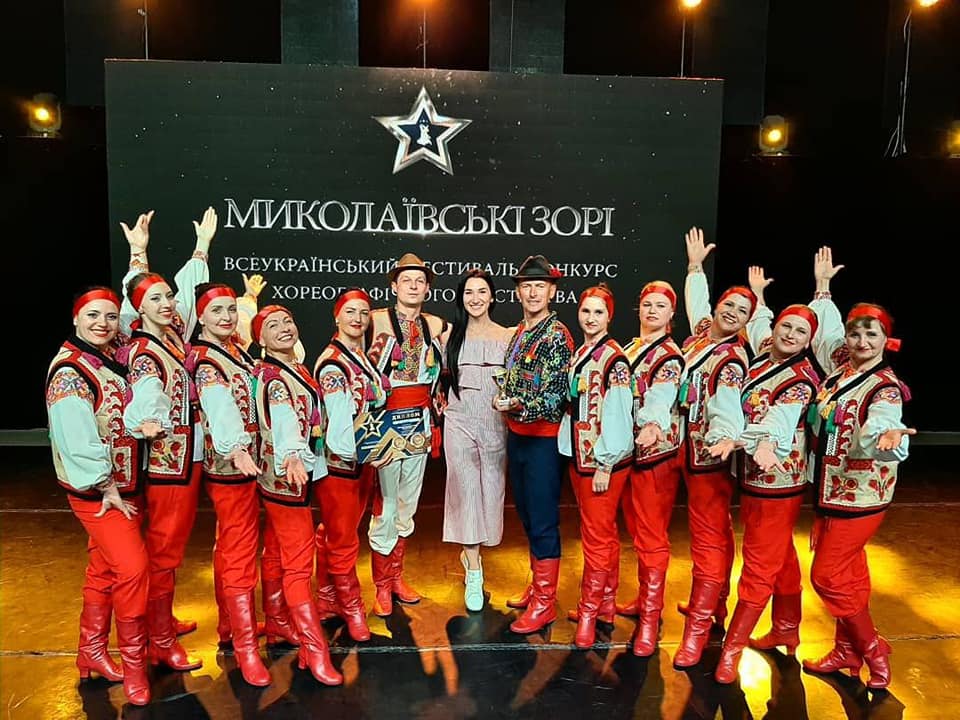
Population – 18,442
urban population – 12,475
rural population – 5,967
women – 9,898
men – 8,544
internally displaced persons (as of July 01, 2022) – 1,977
employable people – 10,065
people of retirement age – 5,339
children of preschool age – 1,143
children of school age – 2,414
The community includes: 16 settlements (1 town, 15 villages).
Community centre: Nova Odesa.
History
In the 18th century, there were winter quarters of the Zaporozhian Cossacks on the site of the modern community. To protect against the attack of the Crimean Tatars and Turks in 1776, the Enlisted Cossack Regiment was stationed above the Southern Bug, formed from Zaporozhian Cossacks, who founded a number of suburbs in the same year, including Fedorivka, later renamed to New Odesa.
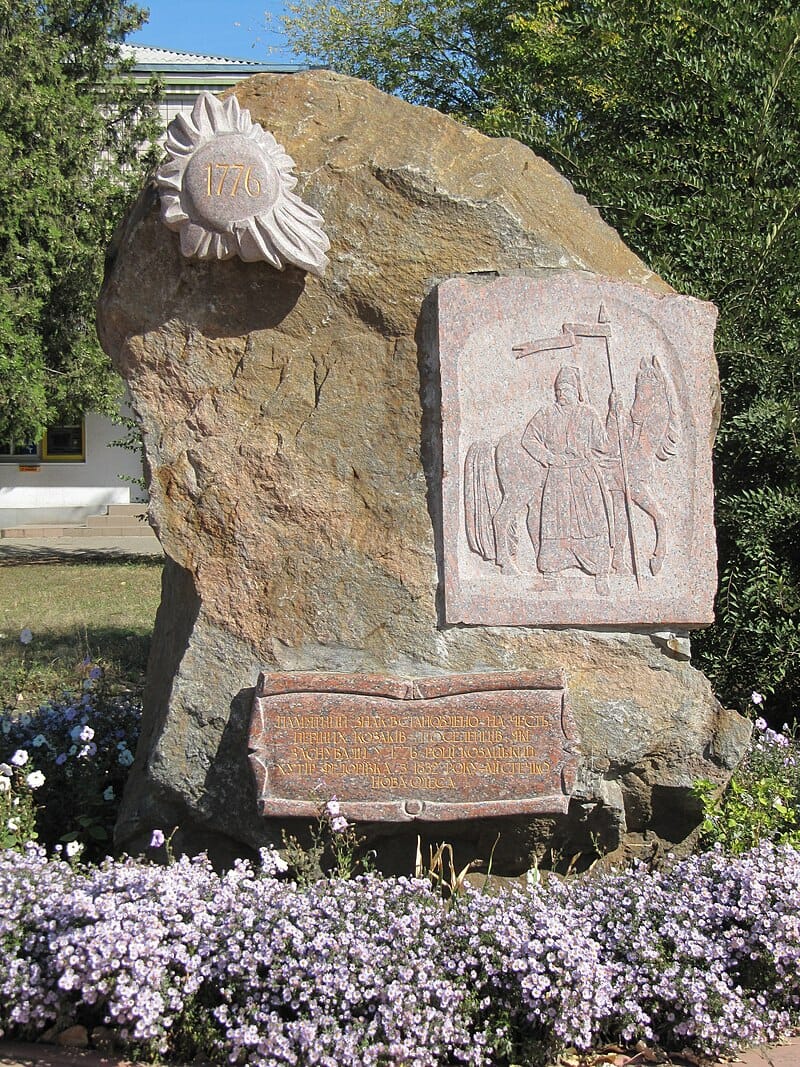
Economy
The community is mostly agriculture oriented. Almost 1,000 farms operate here: 10 large ones, 83 medium ones and almost 850 small ones. Since 2010, a branch of JV Nibulon LLC has been operating here. It is one of the largest Ukrainian agricultural producers and exporters.

Community and War
Today, the community is close to the front and provides support to internally displaced persons and the Southern Front. Logistics in the community were most affected by the destruction of the bridge from Nova Odesa to the village of Troitske by the Russian army.
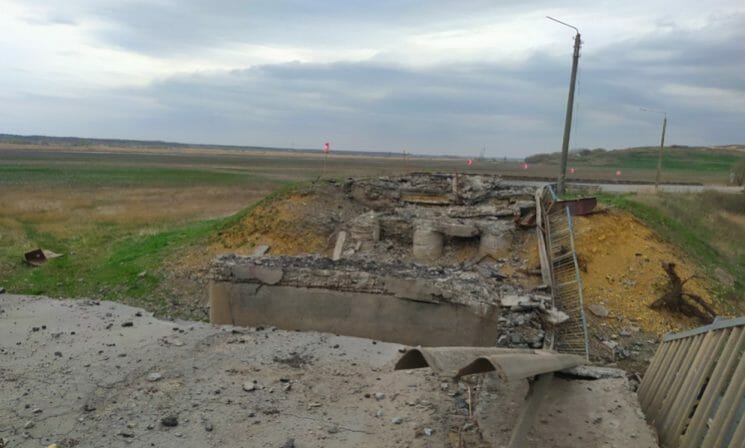

Destruction of the bridge from Nova Odesa to the village of Troitske. Photo provided by community’s local governance authorities
Despite this, the volunteer group of the community actively helps both the military and civilians, including many forced migrants.
Community volunteers provide people with necessary medicines, medical supplies, food, etc.
Most people sheltered by the community are from the Mykolaiv and Kherson regions. In addition, 170 children who ended up in the community during the war and more than 2,000 children born in the community received toys and sweets for the Children’s Day.
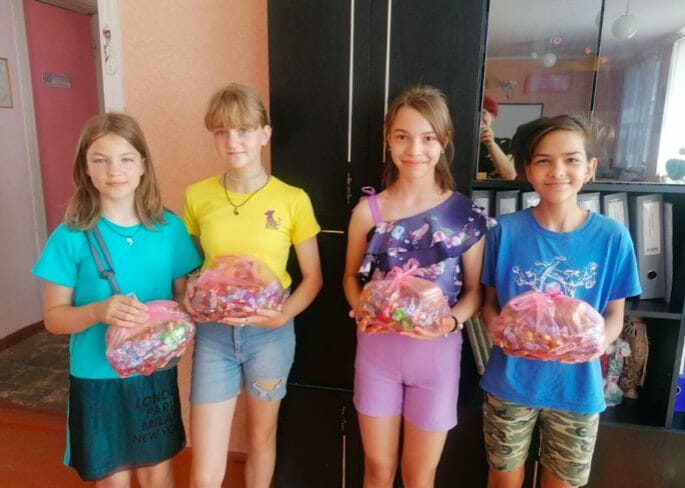
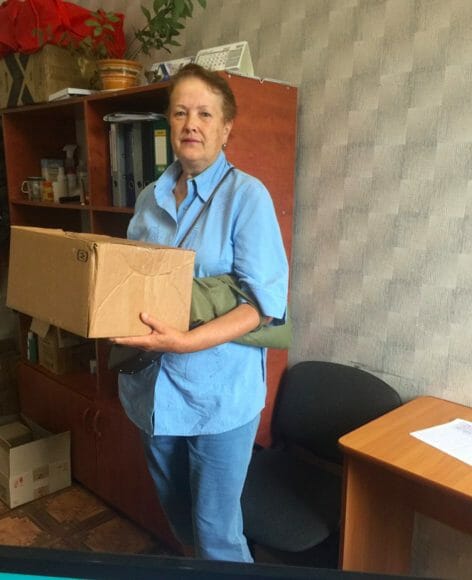
A separate area of work of local volunteers is the repair of vehicles of defenders of Ukraine.
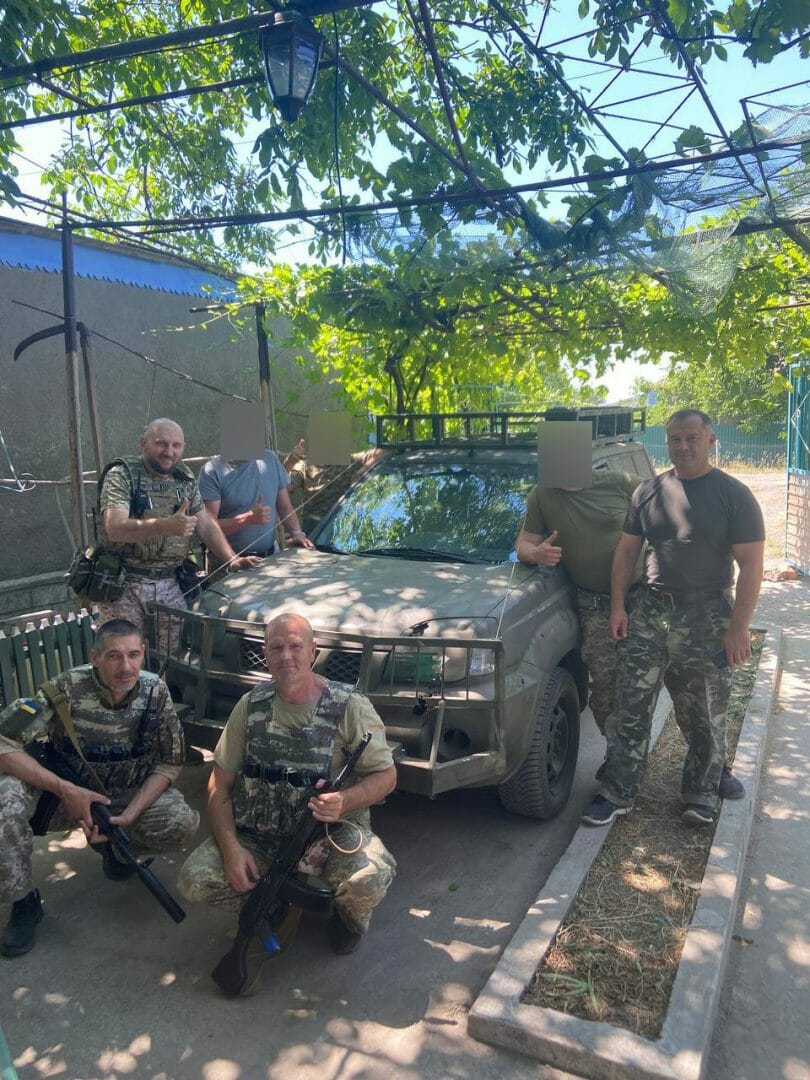
Mayor
Oleksandr Polyakov is the mayor of Nova Odesa. He was born in the village of Chaplinka (Kherson region). Graduated from the Mykolaiv Agricultural Institute. In 2001-2004, he studied at the Odesa Regional Institute of Public Administration of the National Academy of Public Administration under the President of Ukraine. Earned a Master’s Degree in Public Administration.
From 2008 to 2010, he was the Deputy Mayor for city improvement, construction, architecture, housing and communal services, and water supply. Since November 2010, he has been the Mayor of Nova Odesa.
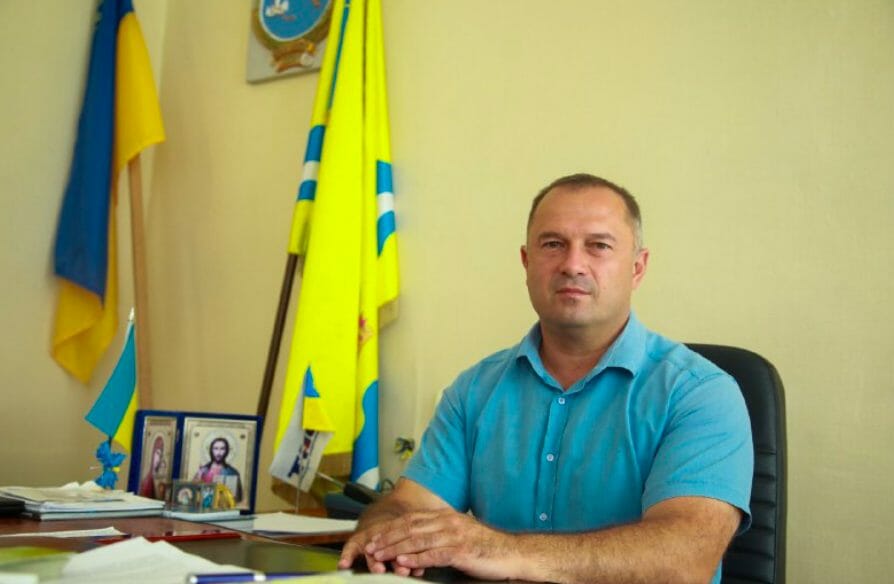
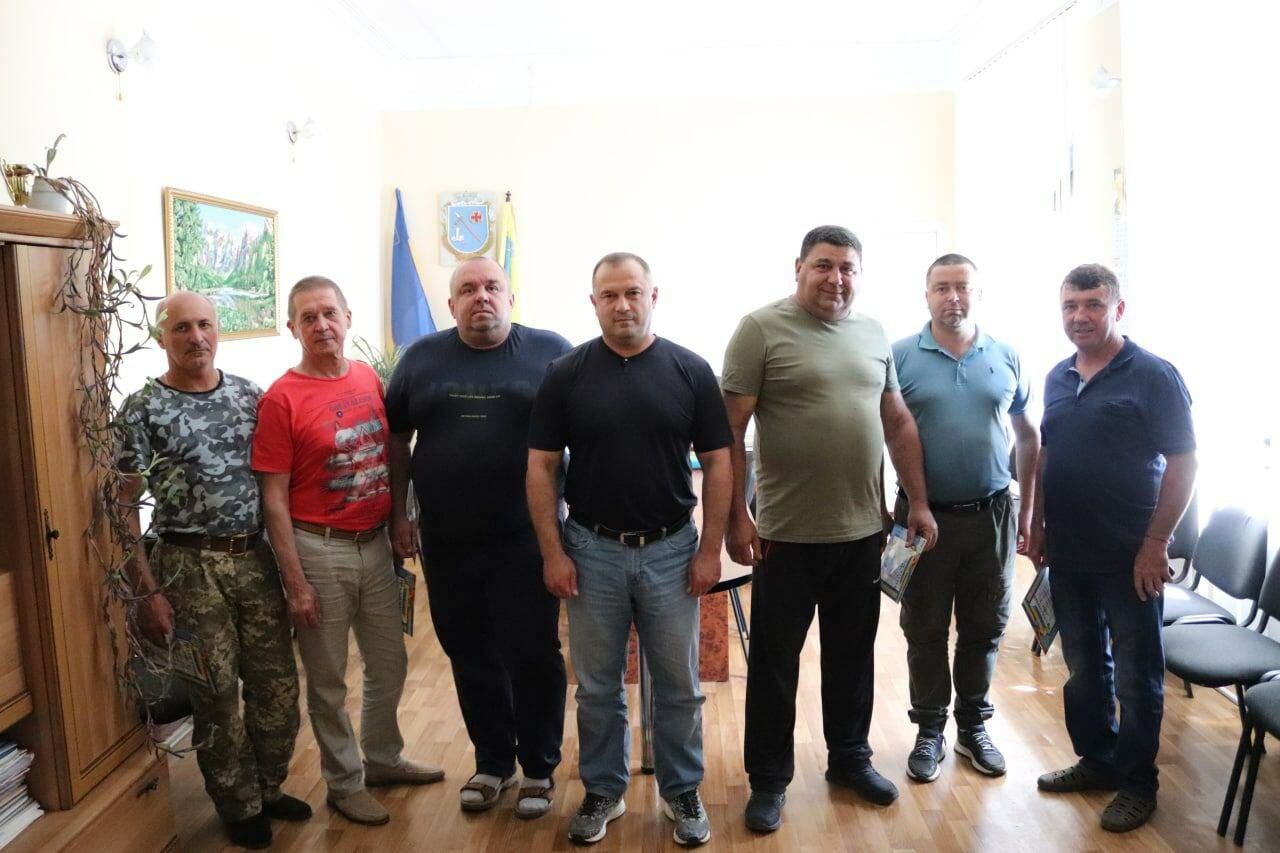
Development Strategy
After the victory, the community plans to return to the pre-war strategic plans for community development and intends to:
- further develop and apply the latest technologies in the processes of oil production, processing of grain into flour and processing of dairy products.
- create an industrial park on the territory of the community;
- create a “green neighbourhood” that will switch to full use of green electricity, heating and water supply;
- develop green tourism, because the territory of the community has incredibly beautiful nature, especially near the floodplain of the South Bug River.
- develop the extractive industry, as there are limestone deposits on the territory of the community.
Sources:
- Information provided by community management;
- Official website of the Nova Odesa Town Council
- Official Facebook page of the Nova Odesa Town Council
- Nova Odesa Town Council in Telegram
- YouTube channel of the Nova Odesa Town Council
- Wikipedia

